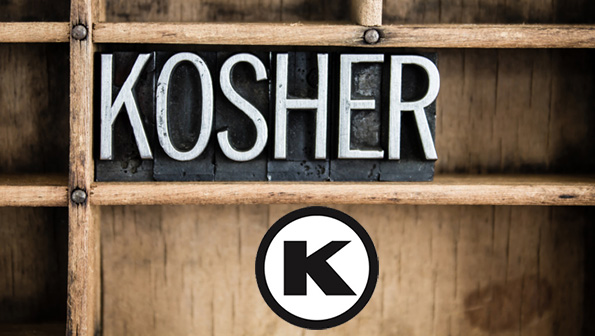8 Jewish holiday recipes
First things first: What's kosher?
Many cooks consider certified-kosher meats superior to regular cuts (my grandmother says they simply “taste better”), but their basis is cultural, not culinary. According to the Bible and Jewish law, an animal must have split hooves and chew its cud to be kosher. This includes beef, venison, deer, lamb, and goat; it excludes, among others, rabbit, horse, and of course pig. Because killing animals for sport is considered cruel, the jugular vein of the animal must be severed with one stroke of a knife so that the animal dies immediately. Then, as much blood as possible must be drained from the meat. Some say that kosher salt, used in meat preparation, gives the meat a better flavor.
Kosher (the Yiddish word for “fit” or “proper”) also applies to dairy. Milk dishes must be cooked and eaten separately from meat dishes. This means that no butter, milk, or milk products may be used in preparing or accompanying a meat dish. Observant Jews often use two sets of utensils and dishes—one for dairy and one for meat—that are cleaned and stored separately.
Within kosher are pareve, or neutral, foods—neither meat nor dairy. This group includes eggs, fish, vegetables, fruits, and grains. Kosher fish are those with fins or scales; shrimp, lobster, and other shellfish are not kosher.
